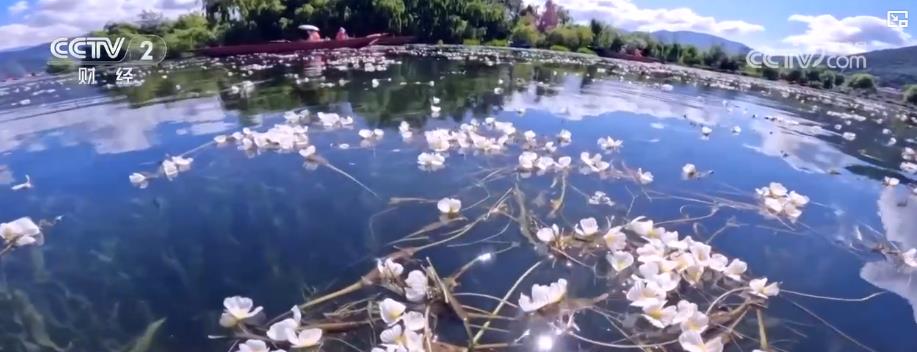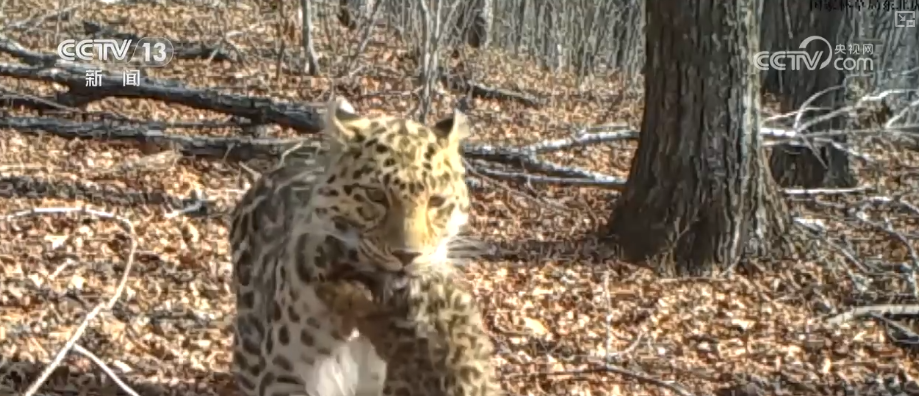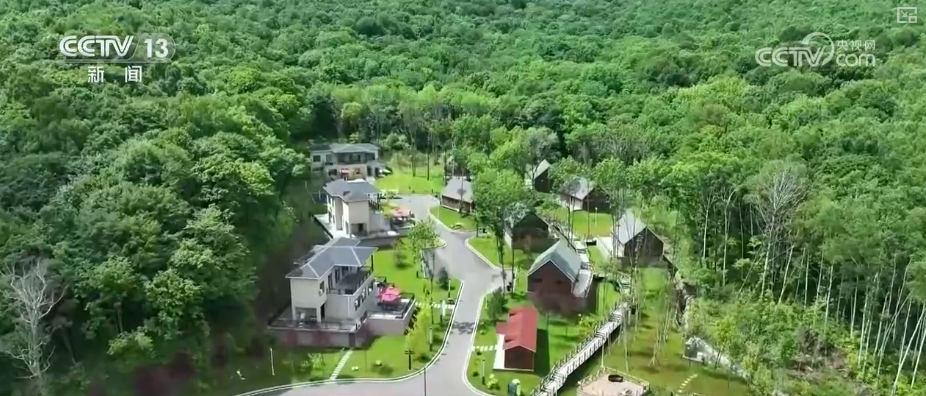CCTV News: In order to protect endangered species such as Siberian tigers and Siberian leopards, in 2017, my country integrated 19 different types of nature reserves in the border areas of Jilin, Heilongjiang and Russia, and established the Siberian tiger and Leopard National Park with a planned area of about 14,000 square kilometers. Over the years, a series of ecological measures have not only increased the number of wild Siberian tigers and leopards in the country, but also gradually expanded the distribution range. It is the historical natural distribution area of Siberian tigers and leopards in my country and the only area with wild settled populations and breeding families.
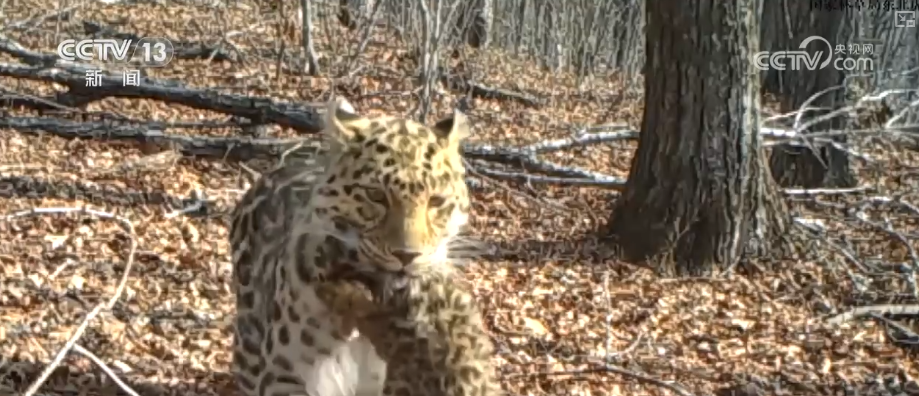
This picture is the latest monitored image of the Amur leopard inhabited by the Siberian Tiger and Leopard National Park. A Amur leopard led two cubs for a walk in the forest.
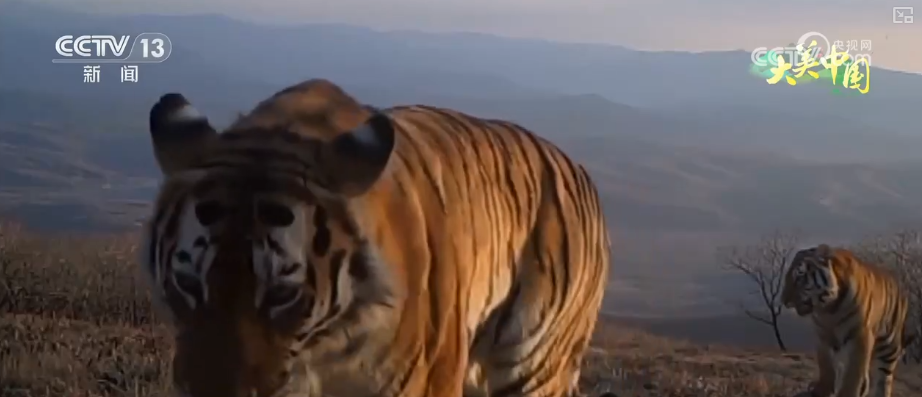

Data shows that the number of tigers and leopards in the park has increased from 27 tigers and 42 leopards at the beginning of the pilot program in 2017 to about 70 and 80 now. What is even more gratifying is that at present, 8 Siberian tiger breeding families and 10 Siberian leopard breeding families have been found, and the success rate of cub reproduction has shown a significant upward trend. As the main prey of tigers and leopards, the population of ungulate animals such as sika deer, wild boar, and roe deer, has more than doubled compared with the beginning of the pilot.
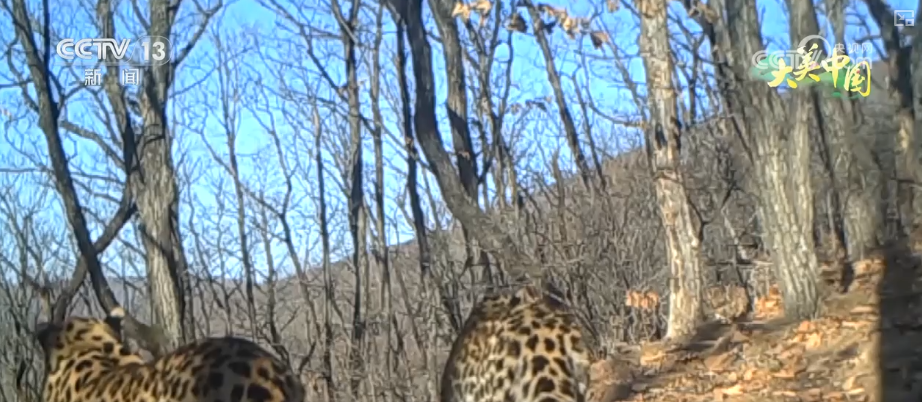
Sagittarius Tiger and Leopard National Park has been regularly carried out to clean mountains and clear out condoms, crack down on poaching, closure and withdraw traditional industries such as mining rights and forest economic contracting, vigorously carry out habitat restoration and corridor connection projects, ecological compensation for personal property losses caused by wild animals, and cross-border protection cooperation in cooperation with Russia, so as to increase the number of wild Siberian tigers and leopards in the country, and the distribution range has also expanded from only in the narrow zone of the border between China and Russia to the entire Siberian tiger and leopard National Park, with habitat area exceeding 80% of the entire park.
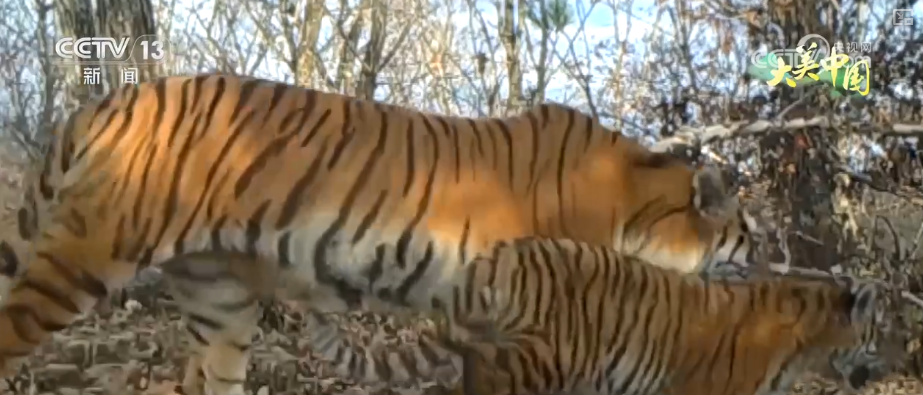
Song Weixuan, a third-level researcher at the Scientific Research Monitoring Department of the Siberian Tiger and Leopard National Park Administration, introduced that the Siberian Tiger and Leopard National Park has built an integrated "sky and earth" monitoring system covering nearly 10,000 square kilometers. Nearly 30,000 infrared cameras combined with satellite remote sensing and drone cruise, have collected more than 65 million data of various types, and have monitored more than 34,000 Amurian leopards in total. The integrated monitoring system of "sky and earth" has also played an important role in preventing human-animal conflicts, and has released more than 12,000 large-scale animal warning information.
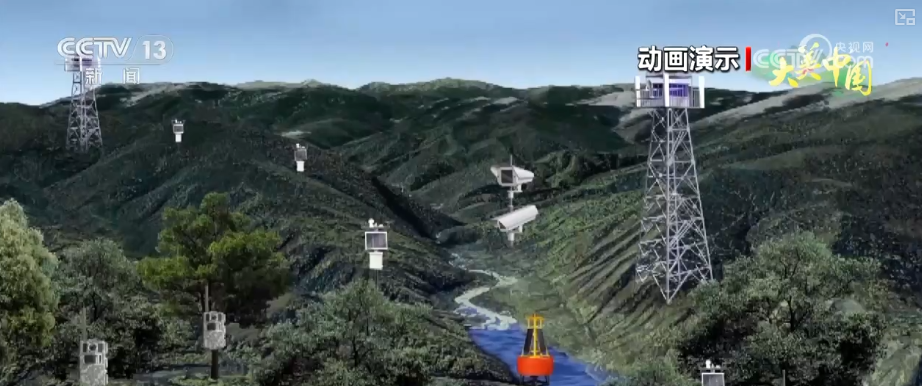
In the next step, the local government will strengthen scientific and technological protection efforts, improve the population status and habitat monitoring system, and prevent and control wild animal epidemic sources and diseases, adjust and optimize the layout of traditional industries, and promote the continuous integration of habitats. At the same time, we will vigorously carry out cross-border protection cooperation to optimize the population quantity, quality and habitat environment of wild Siberian tigers and leopards. Qingtu Lake: The ecological transformation of deserts turning into oasis
Qingtu Lake located in Minqin, Gansu is undergoing an ecological transformation. Qingtu Lake, which once raging wind and sand and fragile ecology, is now rippling with blue waves, becoming a vivid example of ecological civilization construction.
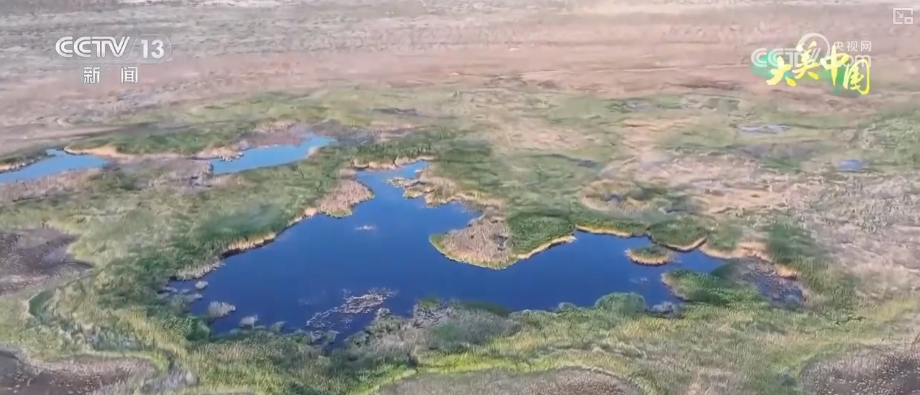
Qingtu Lake is 80 kilometers away from Minqin County and is the tailgate of Shiyang River. In the last century, due to climate change and man-made influence, the place was completely dry.
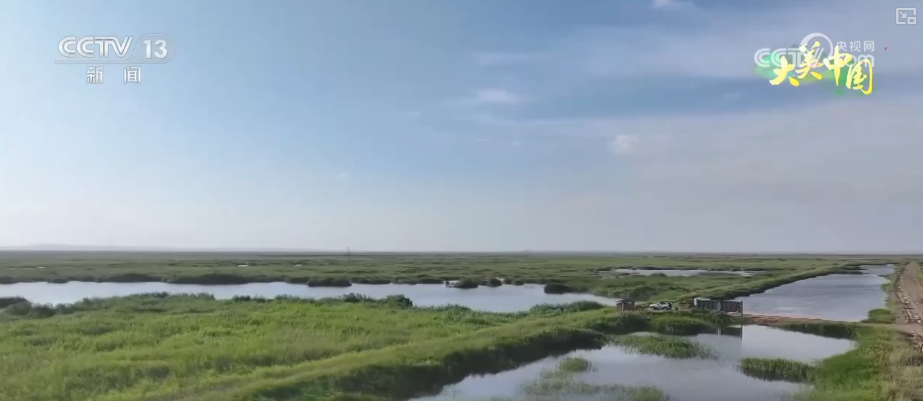
Zhang Youchun, a desert control staff member, introduced that at that time, as long as the wind was a little stronger, the sand would rise. The older generation passed down a rumor: "Qingtu Lake, the wind is strong, the wind blows the stones, and there is no grass growing on the ground."
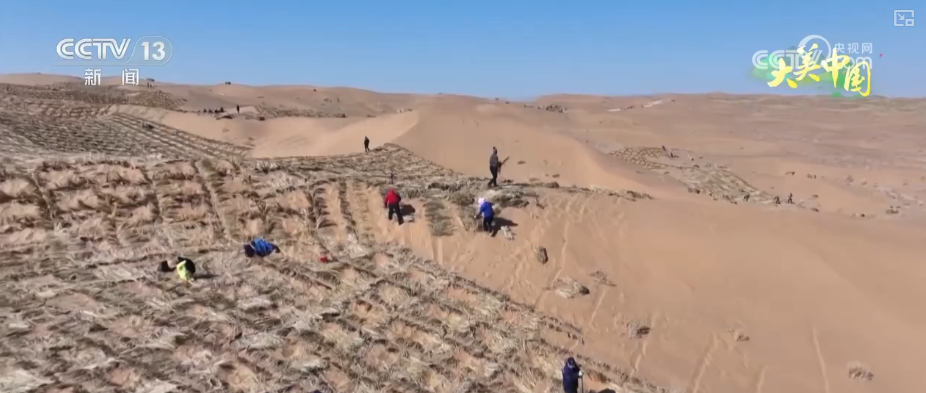


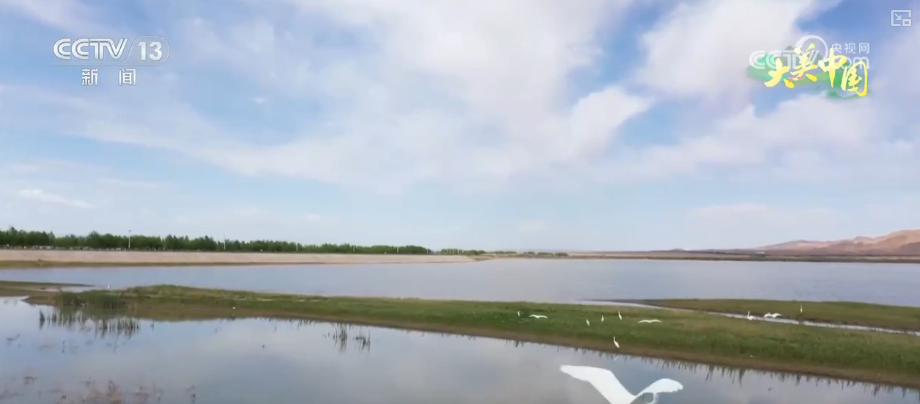
Since the implementation of key governance of the Shiyang River Basin, Minqin County has carried out large-scale comprehensive ecological governance in the Qingtu Lake area. Through the development of desertified land governance, sand fixation afforestation, ecological water transfer, ecological restoration and other projects, 1.08 million mu of desertified land governance, 143,000 mu of fixed quicksand, and 171,000 mu of artificial afforestation, a total of 456 million cubic meters of water were transferred to Qingtu Lake, and natural ecological restoration was promoted through immigration and relocation, returning farmland to forests and other measures.
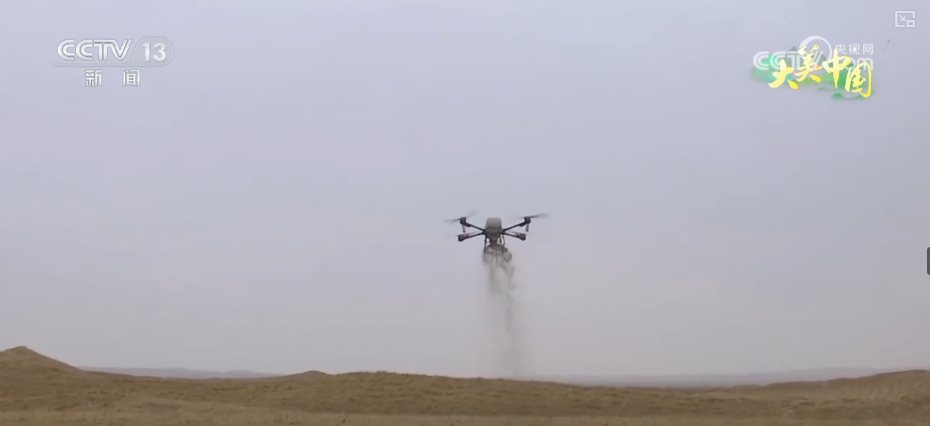
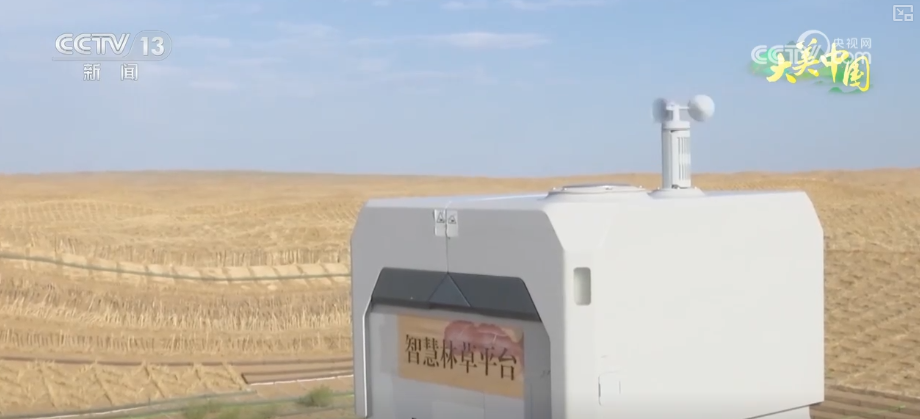
In recent years, local desert control has also achieved breakthroughs through technological empowerment, and through technologies such as drone aerial sowing, satellite remote sensing monitoring, etc., we can accurately grasp the dynamics of desertification and improve sowing efficiency.
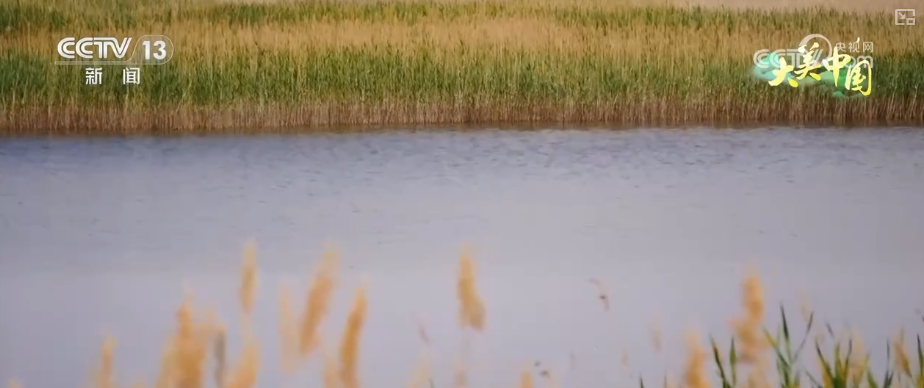
Wang Jiahe, senior engineer of the Forestry Work Area Station of Lake District, Minqin County, introduced that in the spring of 2025, the 52,900 acre aerial sowing task implemented in the Qingtu Lake area was successfully completed in one week. In terms of equipment updates, the fourth generation of grass sand barrier laying integrated machine independently developed has an operating efficiency of 300% higher than manual labor, and the grid accuracy is controlled at about 5 cm. The smart monitoring platform established can monitor pests and diseases in real time, accurately calculate the forest area, and promptly warning for forest fires.
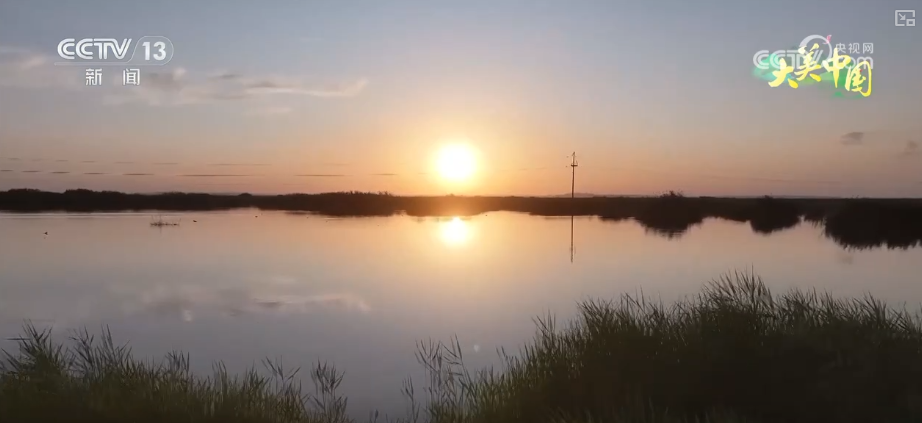
Under the setting sun, Qingtu Lake Wetland shines brightly. From wind and sand everywhere to ecological restoration, from grass grids to smart sand control, Qingtu Lake has achieved a gorgeous transformation from desert to oasis.

